Step 3 - Edoné's Tavern

Thanks to an inscription (now lost) we know what the prices were to drink wine of different qualities in Edoné's tavern: one as for the cheapest, two asses for a better one, four asses for Falernian wine.
The cost of drinking
CIL IV 1679
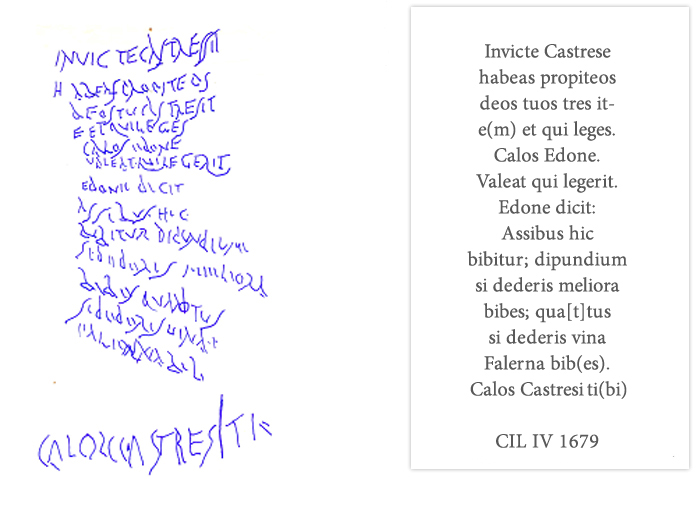
Unbeaten "Castrense", may your three gods be propitious and so may it be for the reader. Long live Edoné! Good health to the reader.
Edoné says:
Here you drink for an as, but if you give me two, you will drink better wines; and if you give me four, I'll have you drink some Falernian.
Long live Castrense!
Comment
Pompeii was filled with establishments where food and most of all wine was served, which in the winter was diluted with hot water placed on a stove always lit to provide an invigorating drink for every hour of the day in the absence of coffee, tea or spirits.
This room shows the asking prices for a cup, which depended on the quality of the wine.
In Herculaneum, a wine shop sign reads Ad cucumas, i.e., "By the pitcher". The prices are listed below the depiction of four jugs that obviously contained different types of wines, from the wine that cost 4 asses for a sextary (0.545 liters), to those that cost three, two and two-thirds, and two asses for a sextary.
Read more
Produced in vineyards planted even within the city walls in addition to the fields outside that climbed up the slopes of Mount Vesuvius, wine was the main resource of Pompeii's economy, and was also exported by sea, as evidenced by discoveries of Pompeian amphorae in Narbonne Gaul as early as Rome's Republican era and the large number of empty wine-carrying amphorae ready to be sealed with pitch found in the so-called Villa B at Oplontis.
One vine variety took its name from the Holconii family of Pompeii, but the Surrentinum and Vesuvinum can also be counted among the local wines, although they were not appreciated by connoisseurs.
In fact Pliny said that Pompeii's wine did not stay good beyond ten years of aging and an anonymous gourmet left the following inscription on a wall: "Traveller, enjoy the fragrance of Pompeii's bread, but wait until you get to Nocera to taste some wine".
Site location
Regio VII Ins. 2 nr. 44

Visibility
- Edoné's tavernvisible from outside
- Atrium wallnot accessible
- Inscriptionworn off
Related Content
-
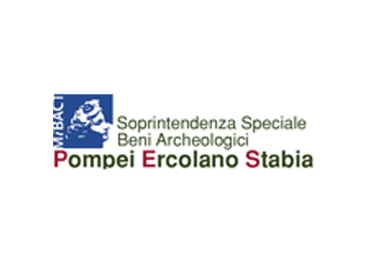
Special Superintendence for the Archaeological Heritage of Pompeii, Herculaneum and Stabiae official site
-
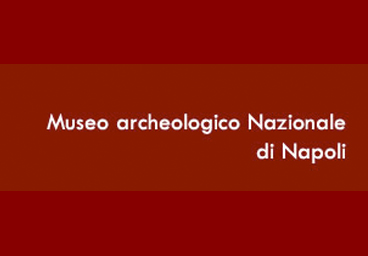
Naples National Archaeological Museum official site
-
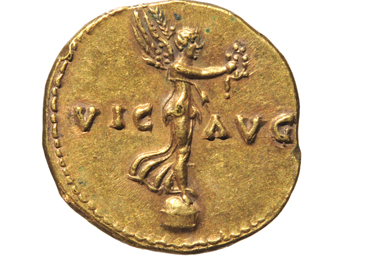
Italian Numismatic Portal, Virtual showcases of the Archaeological Museum of Naples Coin and Medal Collection
-
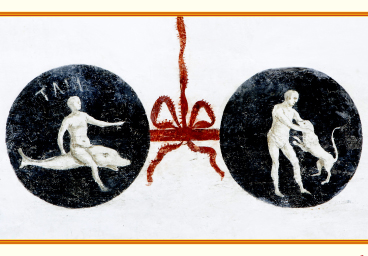
Italian Numismatic Portal, Notiziario n. 1-2013. Archaeological Museum of Naples Coin and Medal Collection
-
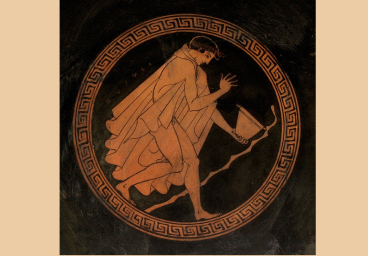
Italian Numismatic Portal, Notiziario n. 2-2013. Archaeological Museum of Naples Coin and Medal Collection
-
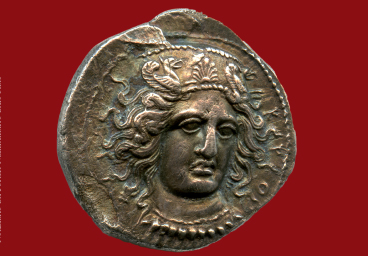
Italian Numismatic Portal, Notiziario n. 5-2014. Superintendence for the Archaeological Heritage of Naples, Archaeological Museum of Naples Coin and Medal Collection






